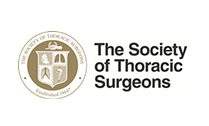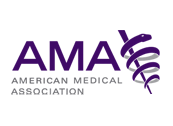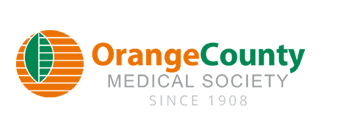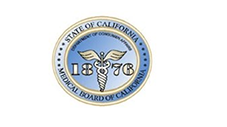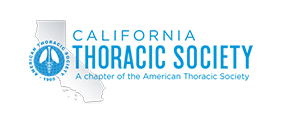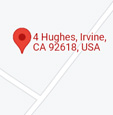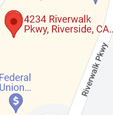Zenker’s Repair
Zenker’s diverticulum is an outpouching of the esophagus which may occur due to increased pressure caused by muscle spasms forcing the mucous membrane through a defect in the esophageal wall. It is commonly seen in elderly patients at the back of the lower throat. Small diverticuli usually do not cause any symptoms; however, large ones may cause obstruction of the esophagus due to collection of food resulting in difficulty swallowing.
Traditionally, open surgery has been used for the treatment of Zenker’s diverticulum. However, open surgery can result in complications, particularly if performed on elderly patients with comorbid conditions.
Flexible endoscopy is a new minimally invasive technique that is being used for the treatment of Zenker’s diverticulum. It appears to have all the benefits of open surgery while minimizing the associated risks. The procedure can be performed under mild sedation without the use of anesthesia. The flexible endoscope is passed through the mouth to reach the Zenker’s diverticulum. The septum between the esophageal lumen and the diverticulum is then cut so that food can no longer be trapped in the diverticulum and muscle spasms are reduced. Most patients experience complete resolution of symptoms following this procedure. If flexible endoscopy is not available, a rigid endoscope may be used. However, rigid endoscopy is performed under general anesthesia with the neck hyperextended and there is an increased risk of perforation.
The benefits of flexible endoscopy over surgery or rigid endoscopy include:
- No need for general anesthesia
- No need for tracheal intubation
- Minimally invasive procedure
- Less instances of complications and mortality
- Shorter hospital stay
- Faster recovery and resumption of oral food intake.
Although endoscopic management of Zenker’s diverticulum is very safe, certain complications such as bleeding, infection, perforation, and reaction to the sedation may occasionally occur.











